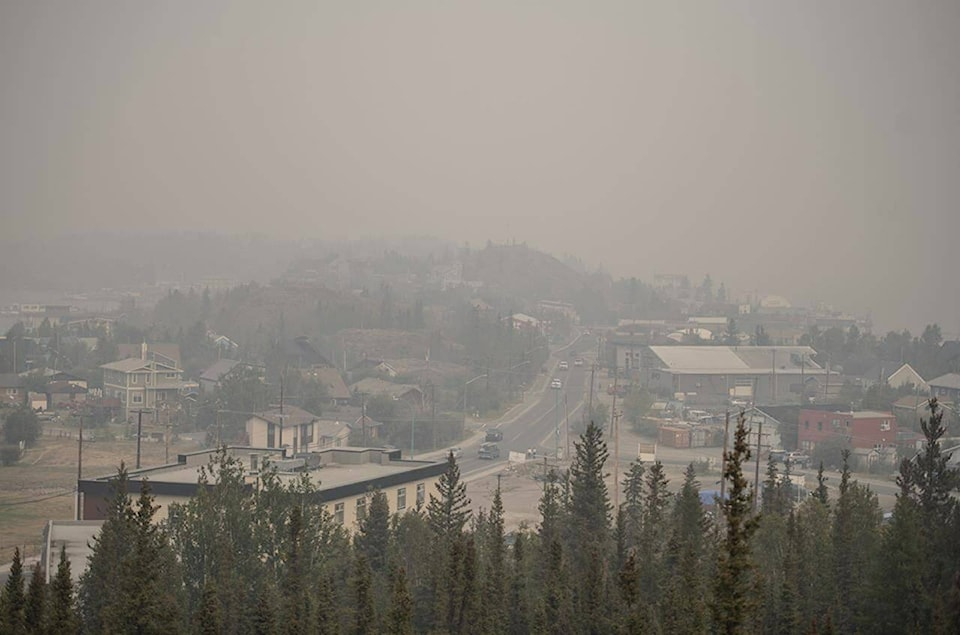The after-action review on how the city handled last year's wildfire evacuation has been released, and the municipality doesn't have much money to devote to implementing its recommendations.
KPMG is the company that conducted the review, which cost $149,250, according to Abby Schelew, the city's communication advisor. She also noted the includes a one-time allocation of $100,000 to act on recommendations from the assessment. Much of that money has already been allocated.
"We know that our [emergency operations centre] has consumed probably around $22,000 of that," said city manager Sheila Bassi-Kellett during a council meeting earlier this month. "We know that our development of our evacuation plan has consumed about $70,000 of that."
Yellowknife's municipal government is staring at a projected $40-million deficit next year, with a lot of that money going towards capital projects, such as renovating city hall.
Wildfire season can be astronomically expensive, with last year being a prime example. KPMG reports the wildfire events across the NWT costs somewhere between $185 million to $200 million.
"Within this estimate, insured losses from the City of Yellowknife and Behchoko totalled around $30 million," the review states.
On average over the last two decades, KPMG notes 245 fires burn in the NWT in a typical year, affecting more than 500,000 hectares of land and requiring a $7.5-million firefighting budget.
Last year, prior to Yellowknife being forced to evacuate, work began on 100-metre fire guards around the perimeter of the city. Water cannons and sprinklers were put in place and the military was called upon to assist with the crisis.
The report also recommends improving communication with residents, offering better support to vulnerable populations and enhancing coordination with the GNWT.
Additional ways of preparing for wildfire season, according to GNWT fire information officer Mike Westwick, include cross-training local governments to offer FireSmart programming to residents. That's already happening in the city. More sessions planned with other communities across the NWT.
"This includes the FireSmart Advanced Home Assessment program, which the City of Yellowknife began offering recently and is being ramped up in Norman Wells and Inuvik," Westwick stated.
He added that the city has been updating its wildfire protection plan with a contractor and technical assistance from the Department of Environment and Climate Change. The plan had last been updated in 2019.
During a council meeting earlier in July, Mayor Rebecca Alty said city staff would review the after-action report and return to council in the fall with an update on their recommendations.



